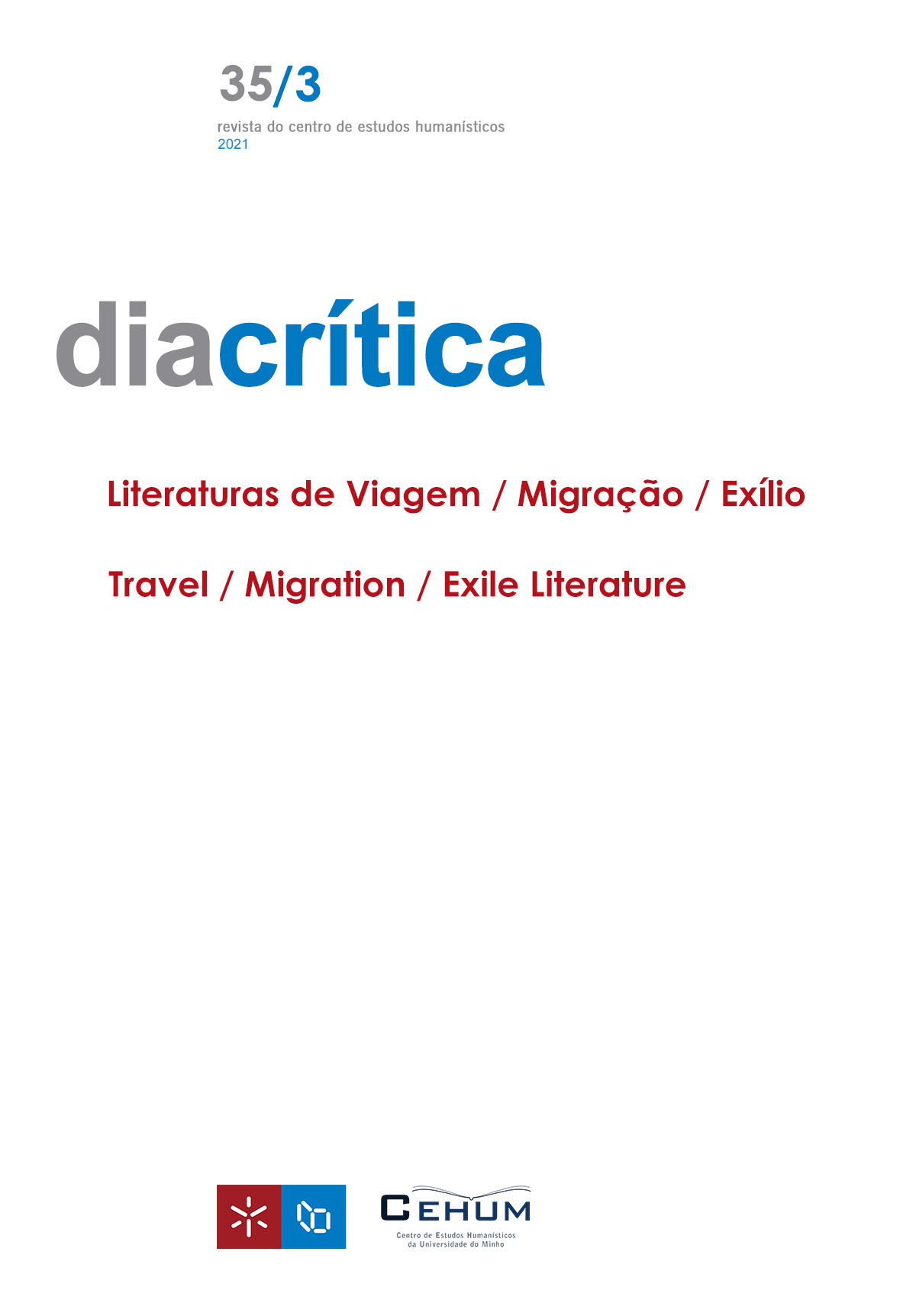The immortal poem by Christian Bök
DOI:
https://doi.org/10.21814/diacritica.5194Keywords:
Poetry, Conceptual writing, Transgenic art, Living poem, Genetic engineering, Genic editionAbstract
Christian Bök is a Canadian writer and a conceptual poet. He is also a professor in Creative Writing at the University of Melbourne, Australia. Along the lines of other conceptual poets who started the field of transgenic art production, Bök engendered a hybrid project between the areas of poetry and biology to create a living and immortal poem. By means of self-taught education in the fields of molecular biology, biogenetics, and genetic engineering, the poet has developed, in theory, a way to write a small poem and insert it into the DNA of a bacteria that is resistant to fire, water, radiation, and also to the explosion of the sun, able to survive also in outer space. In addition, part of his project was to induce the bacteria to read the original poem and to produce a poetic verse in response. This article describes how Christian Bök has proven, in a laboratory. the feasibility of his theory by writing a verse in the DNA of a bacteria that is a model for genetic studies, Escherichia coli, and obtaining from it, soon after, a verse in response.
References
Alberts, B., Bray, D., Hopkin, K., Johnson, A., Lewis, J., Raff, M., Walter, P.(2011). Fundamentos dabiologia celular. Porto Alegre: Artmed.
Aristóteles (1942).Generation of animals. Cambridge Massachusetts: Harvard University Press.
Bök, C. (2008). The Xenotext experiment. Script-Ed,5(2), 227–231. https://doi.org/10.2966/scrip.050208.227 DOI: https://doi.org/10.2966/scrip.050208.227
Bök, C. (2011, 3 abril). The Xenotext Works. Poetry Foundation. Consultado emhttp://www.poetryfoundation.org/harriet/2011/04/the-xenotext-works
Bök, C.(2015).The Xenotext: Book I. Toronto: Coach House Books.“Eduardo Kac” ([2020]). Kac Web. Consultado em http://www.ekac.org/kac2.html
Fux, J.(2016).Literatura e matemática: Jorge Luis Borges, Georges Perec e o Oulipo. São Paulo: Perspectiva.“Genesis” ([2020]). Kac Web. Consultado em http://www.ekac.org/geninfo.html
Homero.(2001).Ilíada (C.A.Nunes, Trad.). Rio de Janeiro: Ediouro.
Kac, E. (2004). Arte transgênica. ARS (São Paulo),2(3), 36–45. “Kacode”([2020]).Kac Web.Consultado em http://www.ekac.org/kacode.html
Kim, A. B.(2014, 8 janeiro).The Xenotext experiment. Triple Helix Online. Consultadoem https://web.archive.org/web/20140910031325/http://triplehelixblog.com/2014/01/the-xenotext-experiment/
Perloff, M. (2013). O Gênio não original: Poesia por outros meios no novo século (A. Scandolara, Trad.). Belo Horizonte: Editora UGMF.
Place, V., & Fitterman, R.(2010).Notes on conceptualisms. Nova York: Ugly Ducking Press.
Platão (1991). O banquete (J. C. de Souza, Trad.). In Platão, Diálogos / Platão (pp. 32–102). São Paulo: Nova Cultural.
Smailbegovic, A. (2018).From code to shape: Material-Semiotic imbrications in the “Particle Zoo” of molecular poetics. Differences, 29 (1), 134–172.https://doi.org/10.1215/10407391-6681682 DOI: https://doi.org/10.1215/10407391-6681682
Vaidyanathan, G.(2017). Science and Culture: Could a bacterium successfully shepherd a message through the apocalypse?. Proceedings Of The National Academy Of Sciences,114(9), 2094–2095. https://doi.org/10.1073/pnas.1700249114 DOI: https://doi.org/10.1073/pnas.1700249114
Villa-Forte, L.(2019).Escrever sem escrever: Literatura e apropriação no século XXI. Rio de Janeiro: Ed. PUC-Rio; Belo Horizonte, MG: Relicário.
Wershler, D. S.(2012).The Xenotext experiment, so far. Canadian Journal of Communication,37(1), 43–60. Consultadoemhttps://www.cjc-online.ca/index.php/journal/article/view/2526/2768 DOI: https://doi.org/10.22230/cjc.2012v37n1a2526
Zala, K.(2009).Q&A: Poetry in the genes. Nature,458, 35. https://doi.org/10.1038/458035a DOI: https://doi.org/10.1038/458035a
Downloads
Published
How to Cite
Issue
Section
License
Copyright (c) 2023 Andressa Nunes Santos, Diego Grando

This work is licensed under a Creative Commons Attribution-NonCommercial 4.0 International License.










